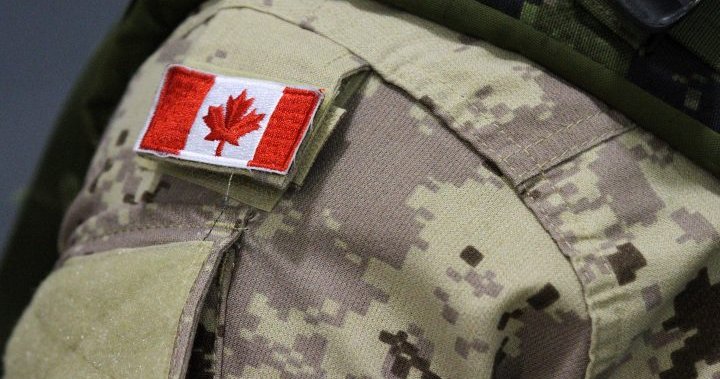
Military veterans detail toll of injuries, challenges navigating Veterans Affairs
Global News
Advocates and families say the government programs in place to support military veterans and their loved ones fall short of what is needed.
Christine Shepherd has been explaining her ongoing fight with Veterans Affairs Canada for about 20 minutes when her voice breaks and the tears start to flow. She has just said she feels the department only sees forms, not the people behind them.
Her husband Jeff, a former military police officer with degenerative neck and back conditions that the couple is trying to prove are from his time in uniform, sits on the couch beside his wife. A few minutes earlier, he had described her as his “angel.”
“No, it’s true,” he said. “Because I can’t, I can’t remember half this stuff. And I don’t know about the guys ? and ladies out there who don’t have somebody and have problems with their memory and stuff like that. Or even being able to fill out forms.”
The Shepherds are an example of the countless families across Canada forced to care for a loved one struggling with a long-term injury or illness from their time in the Canadian Armed Forces.
For Christine, that has meant taking more responsibility for the day-to-day running of their household about 45 minutes east of Ottawa while collecting the necessary medical reports and filling out the requisite forms to apply — and reapply — for benefits with Veterans Affairs.
Yet while the federal government has a number of different programs available to financially support such households and help families that may be struggling because of a veteran’s injury, advocates and others say those supports fall short of what is needed.
A House of Commons committee released a report earlier this year that underscored the central role families play in supporting service members during their time in the military and beyond, especially when they are forced to hang up their uniform due to injury.
“If CAF members experience mental health issues after becoming veterans, their loved ones, usually their spouses, must take on the role of caregiver in addition to their existing family roles,” the report read.











